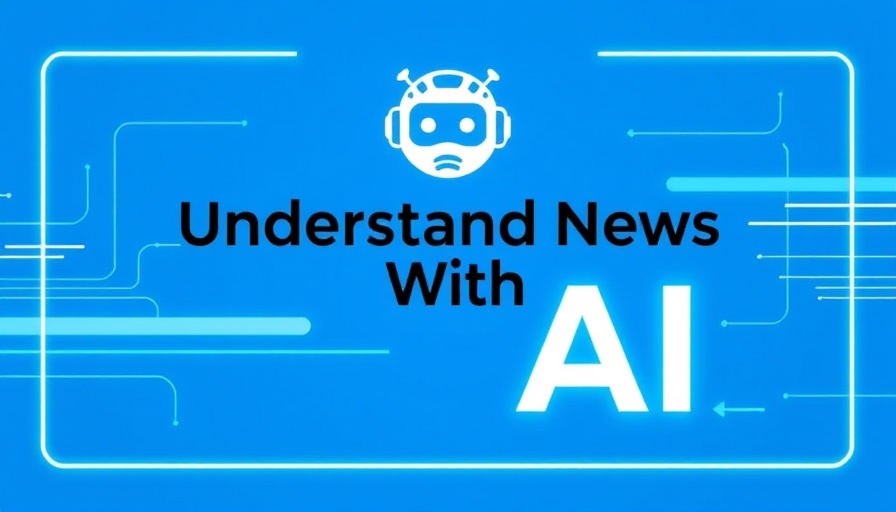
The AI Revolution: A Double-Edged Sword for Workers
As artificial intelligence technology advances at breakneck speed, the question of its impact on jobs looms large. Recently, a prominent AI CEO voiced grave concerns about the potential for mass job losses, stating, "I don’t think we can stop this bus." This stark statement casts a spotlight on the burgeoning fear surrounding AI job cuts, a sentiment echoed across industries from manufacturing to services.
Understanding the Magnitude of AI Job Losses
The rise of AI is not merely a theoretical concern; significant job displacement is already becoming evident. According to a recent report, tasks involving manual labor and data processing are increasingly being mechanized, leading to layoffs in sectors such as retail and logistics. Many employees who once performed these roles are now finding themselves at a crossroads—caught between an evolving job landscape and a lack of readiness for a tech-driven future.
The Human Cost of Automation
For many, losing a job to automation isn’t just a statistic; it translates into economic uncertainty and emotional distress. As AI systems take over roles traditionally held by human workers, affected individuals are left grappling not only with unemployment but also with the psychological toll of an unanticipated career transition. Stories of community members—like a warehouse worker turned tech instructor—highlight the resilience required in the face of such challenges. These narratives illuminate how individuals are transforming setbacks into opportunities, adapting to a world where skillsets are evolving faster than ever.
Counterarguments: Pros of AI in the Workforce
While the alarm about AI job loss is valid, it’s crucial to consider opposing viewpoints. Some experts argue that AI can create new jobs, particularly in technology and service industries. For example, AI facilitates improved customer experiences and tailored services, leading to greater demand for workers who can leverage these technologies. In this way, the transition to AI doesn’t have to mean a complete loss of employment; instead, it can lead to a shift in the types of jobs available.
Local versus Global Perspectives: What This Means for Communities
This situation isn’t confined to particular industries or regions; it resonates across the globe. Communities in the Great Lakes region, including Michigan and Ohio, are at a pivotal moment where economic adaptability is paramount. Local innovators are springing into action, devising grassroots initiatives aimed at retraining displaced workers. Companies that prioritize upskilling rather than downsizing could thrive, fostering a community environment where people feel valued, regardless of their technological ability.
Taking Action: Preparing for an AI-Driven Future
So, what can communities do to prepare for this impending reality? Workers must proactively seek skills development in areas where human input is irreplaceable—like creativity, empathy, and complex problem-solving. Here, grassroots organizations can play a key role by offering accessible training programs tailored to the strengths of the local workforce.
Furthermore, encouraging collaboration between local businesses and educational institutions could create pathways for smoother transitions into emerging job markets. Engaging in dialogues about AI’s role can empower community members to voice their concerns and advocate for more supportive policies.
In Conclusion: The Community's Role in Shaping a Balanced Future
The narrative about AI job cuts is as much about the potential loss of livelihoods as it is about looking forward to new opportunities. While it’s necessary to approach the transformation with caution, there’s also room for hope. By embracing a community-focused approach that prioritizes education, adaptability, and solidarity, we can help those affected by job loss to navigate these uncertainties. The discussion surrounding AI's future in the workforce is not just a topic of debate; it's a call to action for all of us to take part in shaping a resilient economic landscape.
As we face these challenges together, it’s crucial to remain informed and engaged. Follow local initiatives, support your community’s efforts for retraining, and advocate for smart policies that prioritize worker welfare. Together, we can harness the potential of AI while safeguarding the heart of our communities.
 Add Row
Add Row  Add
Add 




Write A Comment